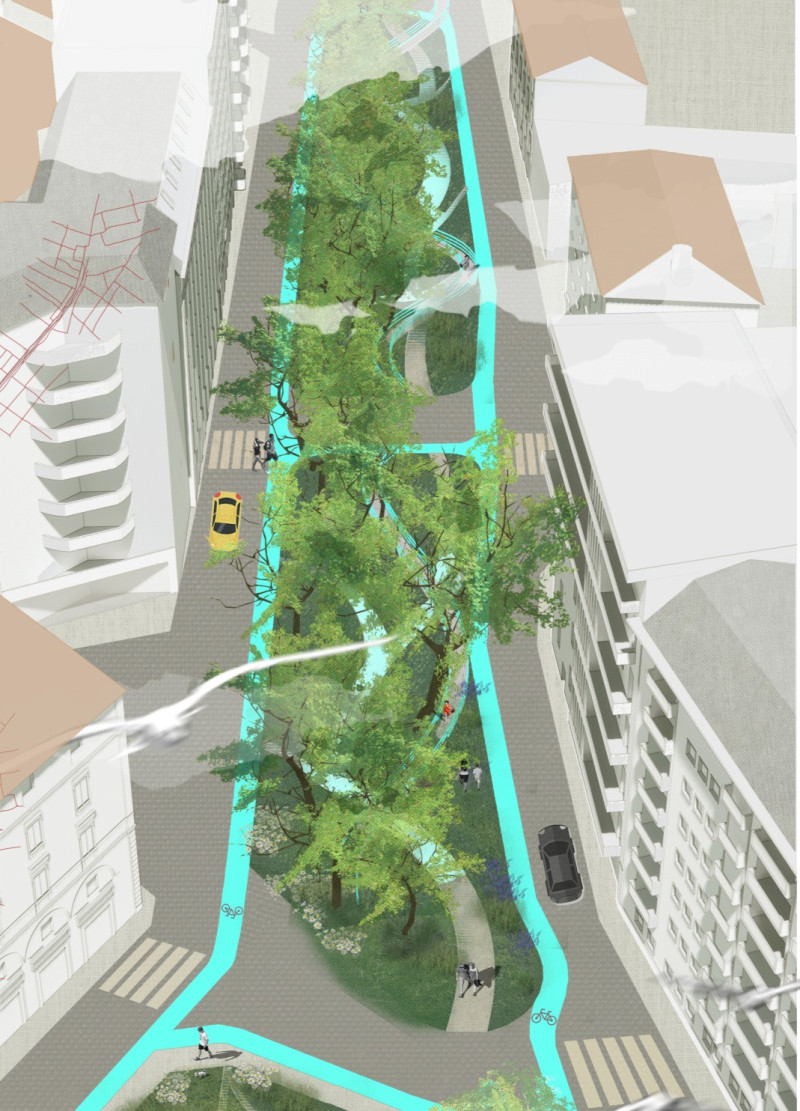5 key facts about this project
The Multi-River project in Milan is a thoughtful urban design that aims to blend cultural, ecological, and transportation elements. Set against the backdrop of an evolving city, it features a linear layout centered around a canal system. This design encourages interaction between urban spaces and natural waterways, enhancing the quality of life for those who live and work in the area.
Spatial Integration
The layout prioritizes movement for both pedestrians and cyclists along the waterfront. Walkways and dedicated bike paths are integrated into the design, promoting active lifestyles and encouraging people to engage with the surroundings. These pathways become not just routes from point A to point B, but vibrant spaces that contribute to social interaction and a sense of community.
Cultural Context
The project connects with existing historical landmarks, including the Duomo di Milano, creating a contrast between old and new. This connection allows for a rich narrative that draws on the city's heritage while integrating modern urban life. Users are invited to explore and engage with both the historical and contemporary aspects of their environment through well-placed architectural nodes, providing spaces for gatherings and events.
Ecological Features
Attention to ecology is a central theme in the design. A canal water system is proposed to enhance biodiversity and manage water flow efficiently. The inclusion of rainwater purification systems demonstrates a commitment to sustainability, aligning urban needs with the natural landscape. This approach aims to tackle environmental challenges, contributing positively to the urban ecosystem.
User Engagement
Waterfront spaces within the project are designed for a variety of activities, catering to the needs of the community. From quiet leisure spots to active recreational areas, these spaces are adaptable throughout the seasons. The intent is to create environments that invite exploration and foster connections among users, ensuring that the public feels a sense of ownership and belonging.
The outcome is a balanced blend of architecture and landscape, where greenery and water features come together. The design enhances the overall urban experience, providing an inviting atmosphere for residents and visitors alike.






















































